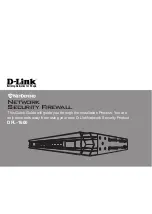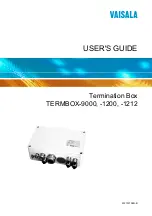
3Com Switch 8800 Configuration Guide
Chapter 33 QoS Configuration
33-2
There are two key steps in packet filtering:
Step 1: Classify the traffic at the port according to a specific rule.
Step 2: Run filtering operation (deny or permit) to the identified traffic. By default, deny
operation is selected.
IV. Traffic policing
QoS can police traffic at the ingress port, to provide better services with the limited
network resources.
V. Redirection
You can re-specify forwarding port for packets, based on QoS policy.
VI. Traffic priority
Ethernet switches can provide priority tags, including ToS, DSCP, 802.1p, and so on,
for specific packets. These priority tags are applicable to different QoS models.
The following describes IP priority, ToS priority, DCSP priority, Exp priority and 802.1p
priority.
1)
IP priority, ToS priority, DSCP priority and Exp priority
Figure 33-1
DS field and ToS byte
As shown in Figure 33-1, the ToS field in the IP header contains 8 bits. The first three
bits represent IP priority, in the range of 0 to 7; bits 3-6 stand for ToS priority, in the
range of 0 to 15. RFC2474 redefines the ToS field in IP packets as DS (differentiated
services) field. The first six bits denote DSCP (differentiated services codepoint) priority,
in the range of 0 to 63, the latter two bits are reserved. The first three bits (bit 0~2) of
DSCP priority represent Exp priority, in the range of 0 to 7.
2) 802.1p
priority
802.1p priority is stored in the header of L2 packets and is suitable for the case where
only L2 QoS guarantee, not L3 header analysis, is required.
















































